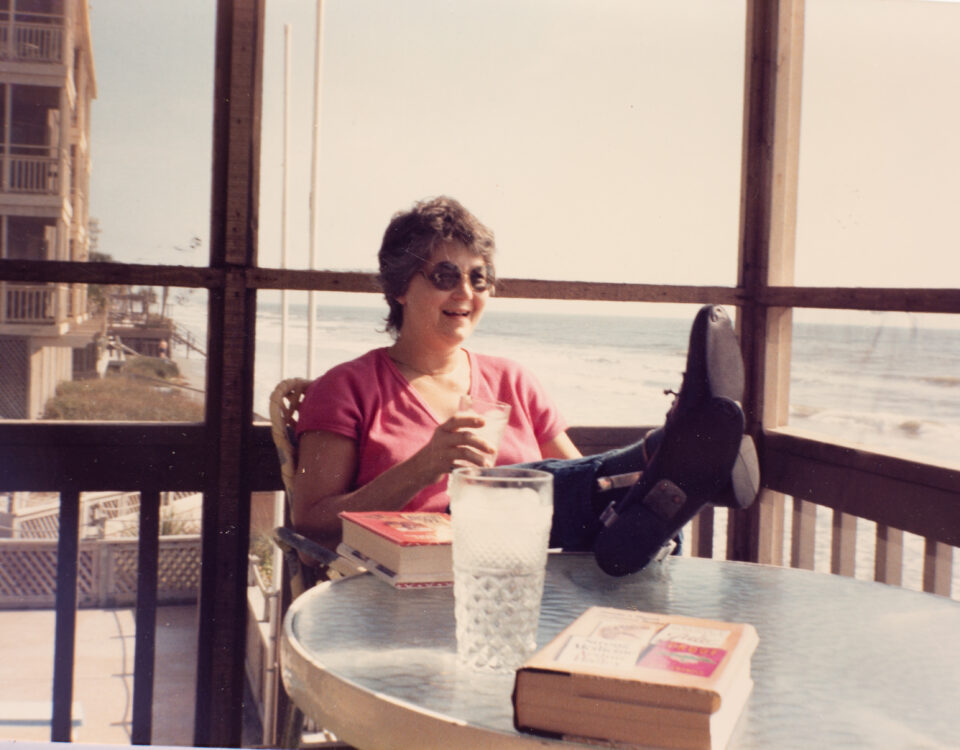
The Aurora
May 16, 2024
REI Co-op Wonderland 6 Tent: A Review
June 12, 2024On October 17, 1960, black and white students sat in the same classrooms in Yancey County's two high schools for the first time. Their journey from a condemned school building, where black students of all ages were taught by a single teacher, to this newly-built racially integrated learning environment took six years. This struggle for educational equality involved numerous petitions to the county school board, daily 80-mile bus journeys by the students to attend Asheville's black schools, and finally a law suit in federal court. Selelia Griffith spearheaded these efforts, sometimes standing alone in her belief that the schools should integrate. “We older people had been deprived of our education,” said Mrs. Griffith, “but we wanted an education for our children. … The black students had the same right to the same kind of education as the white students.” Indeed, the U.S. Supreme Court in Brown v. Board of Education of Topeka had ruled in 1954 that state laws establishing racial segregation in public schools are unconstitutional.
The history of African Americans in Appalachia is hardly remembered because their population has never been large. Most farms and ranches in the region were small family operations with few slave workers. After Emancipation, freed slaves established their own small farms in areas where they could live together, but apart from whites. Of the near fourteen thousand inhabitants of Yancey County, fewer than 150 identified themselves as “Negro” in the mid-twentieth century censuses. Many lived in a small community called Lincoln Park on the outskirts of the town of Burnsville. It was easy for white authorities to ignore them.
The origins of their one-room schoolhouse are unclear, but its condition in these years was well-documented. Condemned by several different government authorities, the building had no running water and the children had to haul coal up a long hill for heat in the winter. In 1956, the school board voted to build two high schools for white students, while black students were to continue being bussed to black schools in Asheville.
When the board finally agreed in 1959, under duress, to build a two-room schoolhouse for black students, it was too late for the mothers of Lincoln Park. With the help of NAACP lawyers, they brought suit in federal court for their children to attend the white schools. “We were tax-paying, law-abiding citizens,” said Mrs. Griffith, “and we felt we were entitled to all the privileges given to other citizens, including allowing our children to go to regular county schools where they could have the opportunity to get the same education as white children.”
Shortly after the new Oak Crest School was completed in Lincoln Park, Federal District Court Judge Wilson Warlick issued his ruling: Yancey County schools were required to integrate. Although a few individual schools in urban areas of North Carolina had integrated earlier, Yancey County became the first school district in North Carolina to integrate under federal court order. With Yancey County's legal proceedings as a model, petitioners forced school districts across the state to integrate over the coming years. The Charlotte Observer (May 24, 1960) declared that “Mrs. Griffith, in a way, was the one who broke the dam in the school situation.”
To hear first-person remembrances of the black schools in Burnsville, see www.traditionalvoicesgroup.org and find “Lincoln Park Remembers” under the Oral History tab.
-
Digital Subscription
Original price was: $17.00.$15.00Current price is: $15.00. -
Single Digital Issue
$5.00 -
Single Issue
Original price was: $10.95.$9.95Current price is: $9.95. -
Subscription
Original price was: $32.00.$25.00Current price is: $25.00.







